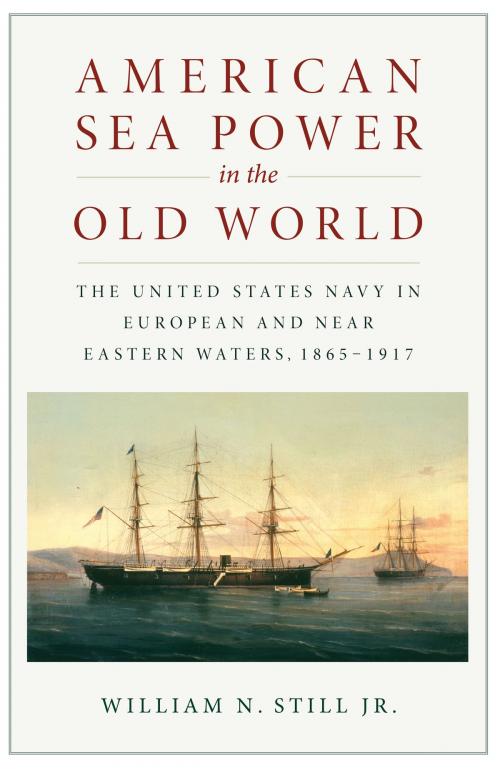| Author: | William N. Still, Jr. | ISBN: | 9781682473115 |
| Publisher: | Naval Institute Press | Publication: | February 15, 2018 |
| Imprint: | Naval Institute Press | Language: | English |
| Author: | William N. Still, Jr. |
| ISBN: | 9781682473115 |
| Publisher: | Naval Institute Press |
| Publication: | February 15, 2018 |
| Imprint: | Naval Institute Press |
| Language: | English |
This classic study examines the deployment of U.S. naval vessels in European and Near Eastern waters from the end of the Civil War until the United States declared war in April 1917. Initially these ships were employed to visit various ports from the Baltic Sea to the eastern Mediterranean and Constantinople (today Istanbul), for the primary purpose of showing the flag. From the 1890s on, most of the need for the presence of the American warships occurred in the eastern Mediterranean and the Black Sea. Unrest in the Ottoman Empire and particularly the Muslim hostility and threats to Armenians led to calls for protection. This would continue into the years of World War I. In 1905, the Navy Department ended the permanent stationing of a squadron in European waters. From then until the U.S. declaration of war in 1917, individual ships, detached units, and special squadrons were at times deployed in European waters. In 1908, the converted yacht Scorpion was sent as station ship (stationnaire) to Constantinople where she would remain, operating in the eastern Mediterranean and Black Sea until 1928. Upon the outbreak of World War I, President Woodrow Wilson ordered cruisers to northern European waters and the Mediterranean to protect American interests. These warships, however, did more than protect American interests. They would evacuate thousands of refugees, American tourists, Armenians, Jews, and Italians after Italy entered the conflict on the side of the Allies.
This classic study examines the deployment of U.S. naval vessels in European and Near Eastern waters from the end of the Civil War until the United States declared war in April 1917. Initially these ships were employed to visit various ports from the Baltic Sea to the eastern Mediterranean and Constantinople (today Istanbul), for the primary purpose of showing the flag. From the 1890s on, most of the need for the presence of the American warships occurred in the eastern Mediterranean and the Black Sea. Unrest in the Ottoman Empire and particularly the Muslim hostility and threats to Armenians led to calls for protection. This would continue into the years of World War I. In 1905, the Navy Department ended the permanent stationing of a squadron in European waters. From then until the U.S. declaration of war in 1917, individual ships, detached units, and special squadrons were at times deployed in European waters. In 1908, the converted yacht Scorpion was sent as station ship (stationnaire) to Constantinople where she would remain, operating in the eastern Mediterranean and Black Sea until 1928. Upon the outbreak of World War I, President Woodrow Wilson ordered cruisers to northern European waters and the Mediterranean to protect American interests. These warships, however, did more than protect American interests. They would evacuate thousands of refugees, American tourists, Armenians, Jews, and Italians after Italy entered the conflict on the side of the Allies.















